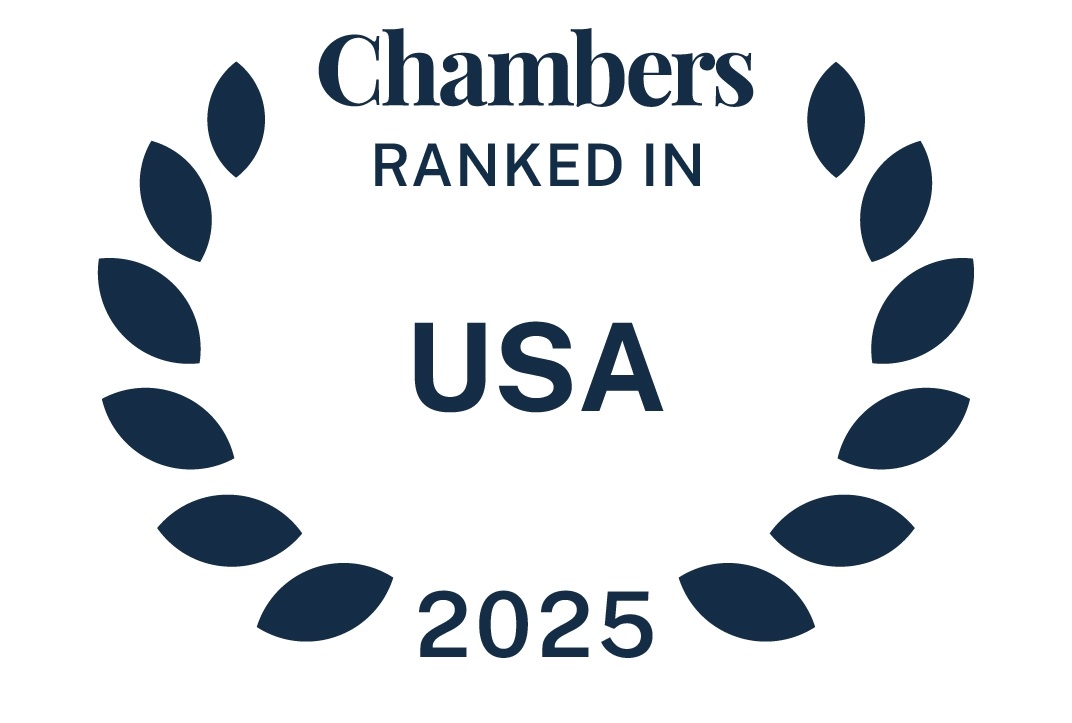The Federal Trade Commission (FTC) recently reversed its position on how to calculate the size-of-transaction for HSR purposes in connection with leveraged buyouts (LBOs). This change in position may result in more reportable transactions.
As detailed here, the FTC’s position, effective immediately, is that any new debt used to finance an LBO transaction, counts toward the size of transaction. Previously, whether or not new debt used to finance an LBO transaction was included in the size of transaction turned on whether the buyer or the target company incurred, provided, or guaranteed the debt.
This does not change the treatment of payment of third-party debt out of transaction consideration:
- In equity transactions, payment of third-party debt that is deducted from the consideration ultimately paid by the buyer to seller is not included in the size of transaction (e.g., $100 million purchase price of which $30 million goes to pay off third party debt = $70 million transaction for HSR purposes).
- In asset acquisitions, assumption of liabilities continues to be additive to the purchase price (e.g., $50 purchase price plus $30 million in assumed liabilities = $80 million transaction for HSR purposes).
read more


 Subscribe
Subscribe
